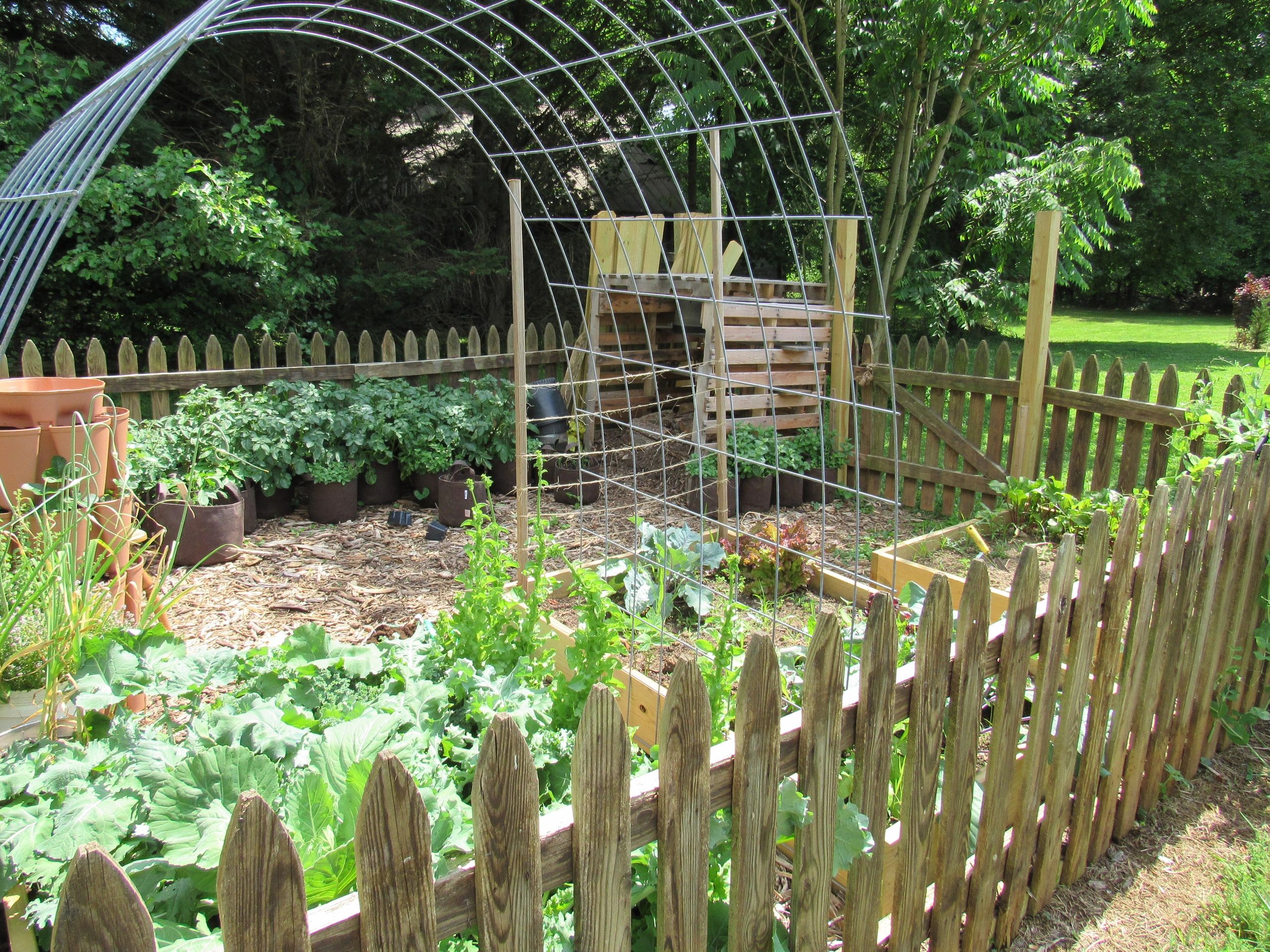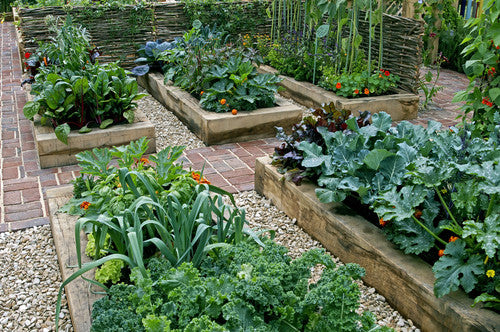Essential Tips for Homestead Gardening at Home
Discover Essential Tips for Successful Gardening Techniques and Practices
Gardening, often seen as an easy activity, encompasses a series of strategies and practices that can substantially affect the outcome of your efforts. By prioritizing crucial components such as soil health, effective watering methods, and appropriate plant option, garden enthusiasts can develop a successful community that sustains lively development. Moreover, comprehending the nuances of insect management and seasonal maintenance can better boost productivity. Yet, many enthusiasts forget critical information that can make or break their gardening success-- discovering these ignored elements may expose the key to cultivating a prospering yard.
Understanding Dirt Health
Dirt health is a basic aspect of effective gardening, as it straight influences plant development, nutrient accessibility, and ecosystem equilibrium. Healthy soil is identified by a rich biodiversity of microorganisms, natural issue, and a balanced pH degree, which together produce a setting helpful to plant advancement.
To recognize soil health and wellness, one must consider its physical, chemical, and biological residential properties. The texture and structure of dirt affect its capability to preserve moisture and nutrients, while the chemical structure determines the accessibility of crucial elements like nitrogen, phosphorus, and potassium. Routine dirt screening is critical to examine these elements, allowing garden enthusiasts to make informed choices pertaining to amendments and plant foods.
In addition, promoting biological activity within the soil is important for maintaining its health and wellness. Practices such as composting, plant turning, and making use of cover plants can boost microbial variety, boost nutrient biking, and lower dirt erosion. By prioritizing soil health, gardeners not only optimize plant growth but also add to a sustainable environment, making sure that their horticulture methods are resilient and environmentally responsible over time.
Efficient Sprinkling Methods
Guaranteeing that plants receive the appropriate quantity of water is essential for their health and wellness and growth, particularly when paired with a solid structure of dirt health and wellness (Homestead Gardening). Effective watering strategies can dramatically affect plant vitality, reducing water wastage and promoting optimum advancement
One fundamental approach is deep watering, which motivates origins to grow much deeper into the dirt, enhancing dry spell resistance. This technique typically includes watering much less regularly however in bigger amounts, enabling moisture to permeate the origin zone extensively. Timing is also critical; early morning is the excellent time to water, as it reduces dissipation and permits vegetation to dry throughout the day, reducing illness risks.
Furthermore, using mulch can assist retain dirt dampness and regulate temperature, more aiding effective sprinkling techniques. Utilizing a drip watering system can also supply targeted dampness directly to the roots, making certain that water reaches where it's most needed while preserving resources.
Monitoring rainfall and soil dampness degrees can guide adjustments in your watering routine, making certain plants obtain consistent hydration without over-saturation. By adopting these reliable watering techniques, gardeners can promote a successful setting for their plants to flourish.
Plant Selection and Placement
How can the best plant choice and strategic placement transform a garden into a growing environment? The harmony in between plant ranges and their placement is important for developing a vivid yard. When picking plants, take into consideration variables such Check This Out as environment, dirt kind, and sunshine exposure. Native species are commonly the ideal option as they are adjusted to regional conditions and require much less upkeep.
Strategic positioning includes organizing plants according to their development behaviors and requirements. Taller plants should be placed at the rear of borders to stop shielding shorter plants. Additionally, organizing plants with similar water and light requirements can boost their growth and reduce competitors for sources.
Incorporating a variety of plants not only includes aesthetic appeal yet likewise advertises biodiversity, bring in useful insects and pollinators. Take into consideration the seasonal modifications in your garden; choose a mix of perennials, annuals, and evergreens to make sure year-round interest.
Last but not least, keep in mind to analyze the mature dimension of plants before growing to avoid congestion and ensure appropriate air circulation. Thoughtful plant choice and strategic placement develop a harmonious atmosphere, permitting your garden to prosper while reducing difficulties.
Pest and Illness Monitoring
Effective bug and disease monitoring is important for keeping a healthy and balanced garden environment - Homestead Gardening. An aggressive method, incorporating social, biological, and chemical techniques, can significantly minimize the influence of pests and illness on your plants

Organic controls, such as presenting advantageous insects like ladybugs or aggressive mites, can keep insect populations in check without hurting the atmosphere. Furthermore, preserving plant health and wellness with appropriate watering, fertilization, and trimming will certainly strengthen their strength versus conditions.
When intervention is required, select targeted chemical treatments, guaranteeing to comply with application guidelines to minimize Visit Website harm to non-target microorganisms. Constantly focus on sustainable practices, as they advertise lasting yard health and wellness and environmental balance. By integrating these strategies, garden enthusiasts can properly handle insects and diseases, making certain growing plants and an effective garden.

Seasonal Upkeep Practices
In springtime, emphasis on soil prep work by testing pH degrees and adding necessary modifications. Frequently inspect arising plants for insects and conditions.
As summer season methods, make certain appropriate irrigation while monitoring for indications of stress or illness. Prune back thick plants to urge air flow and lower humidity around vegetation. This practice not just enhances plant health and wellness but likewise advertises flowering and fruiting.
With the arrival of fall, it's time to prepare for wintertime. Tidy up fallen leaves and particles to avoid parasite infestations, and take into consideration planting cover plants to enrich soil health and wellness. This season is likewise ideal for splitting perennials and growing spring-flowering light bulbs.
Conclusion
Effective gardening joints on the integration of sound methods in soil wellness, watering, plant option, pest administration, and seasonal upkeep. By focusing on dirt testing and microbial diversity, utilizing efficient sprinkling methods, and picking appropriate plants, gardeners can produce prospering ecosystems. Additionally, proactive insect administration and thorough seasonal maintenance add significantly to overall garden vitality. Embracing these techniques click to find out more fosters a sustainable and productive gardening environment, guaranteeing thriving growth and resilience throughout the changing periods.
By focusing on crucial elements such as soil wellness, efficient watering strategies, and ideal plant choice, gardeners can develop a successful environment that sustains lively growth. By focusing on soil health, garden enthusiasts not just optimize plant development however also add to a sustainable ecological community, making sure that their gardening techniques are ecologically liable and durable over time.
Taller plants must be positioned at the back of boundaries to avoid shielding shorter plants. Tidy up fallen leaves and particles to prevent bug infestations, and take into consideration planting cover plants to enrich dirt health.Effective gardening joints on the combination of audio practices in dirt wellness, watering, plant choice, parasite management, and seasonal upkeep.